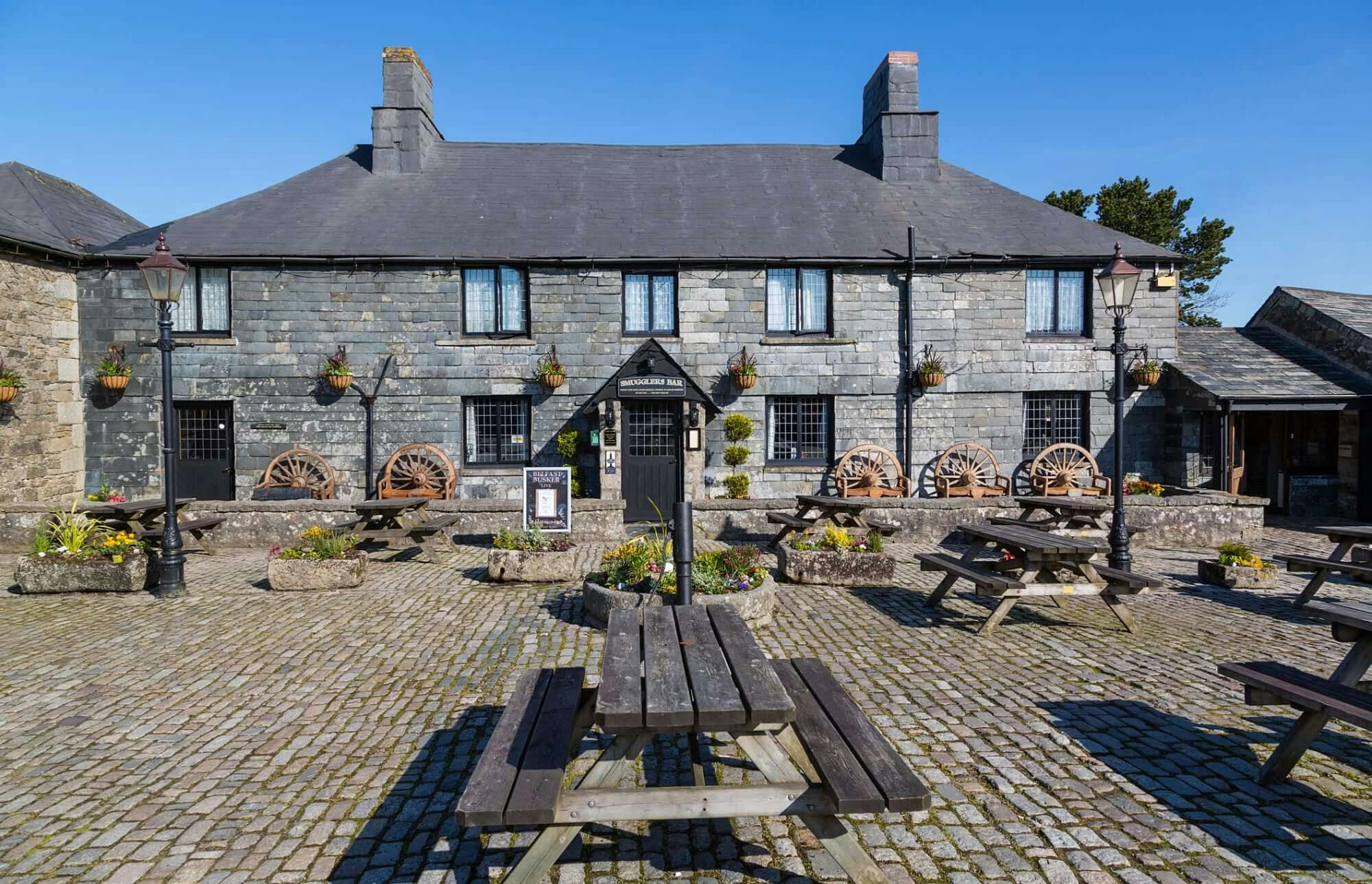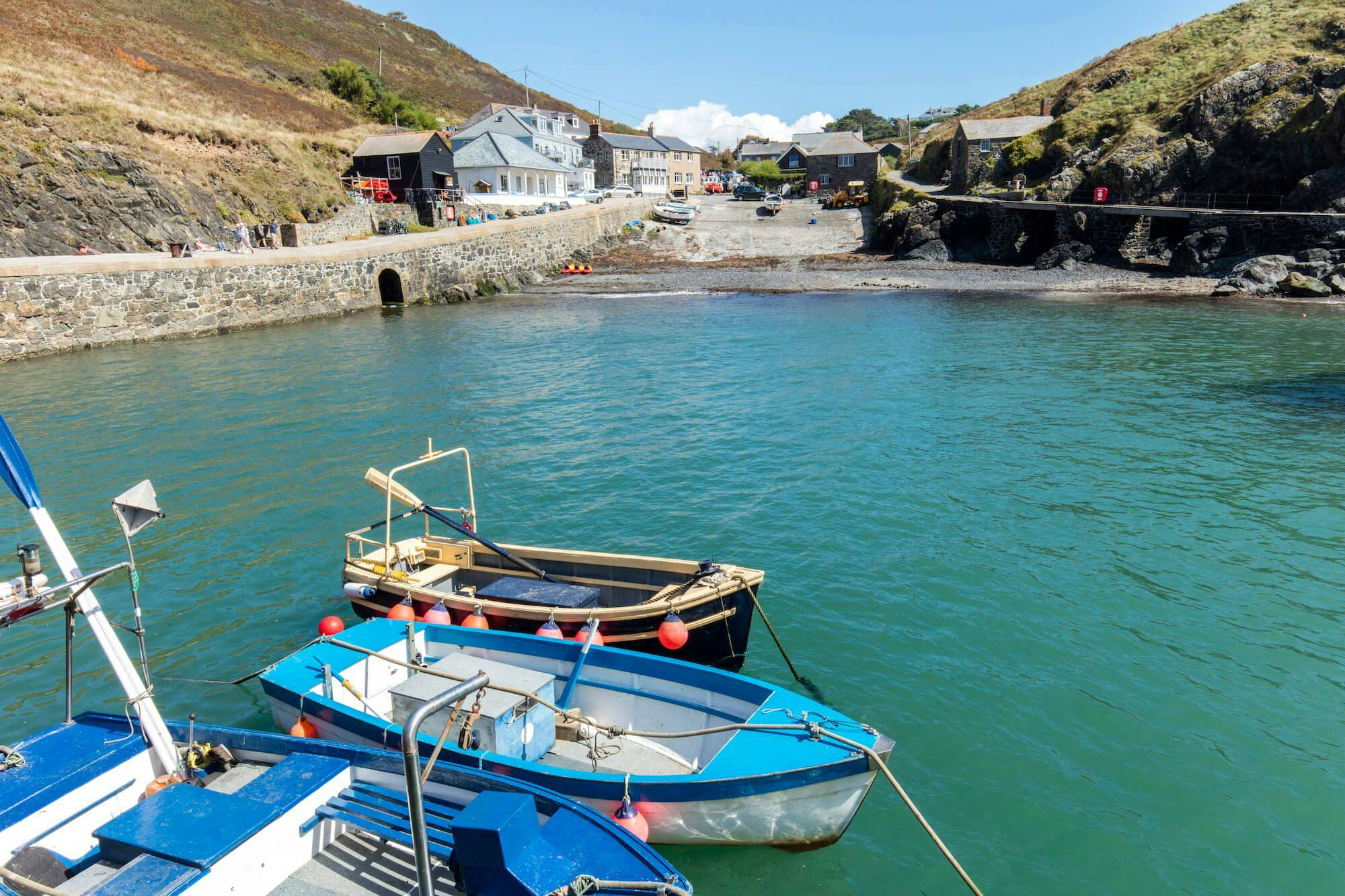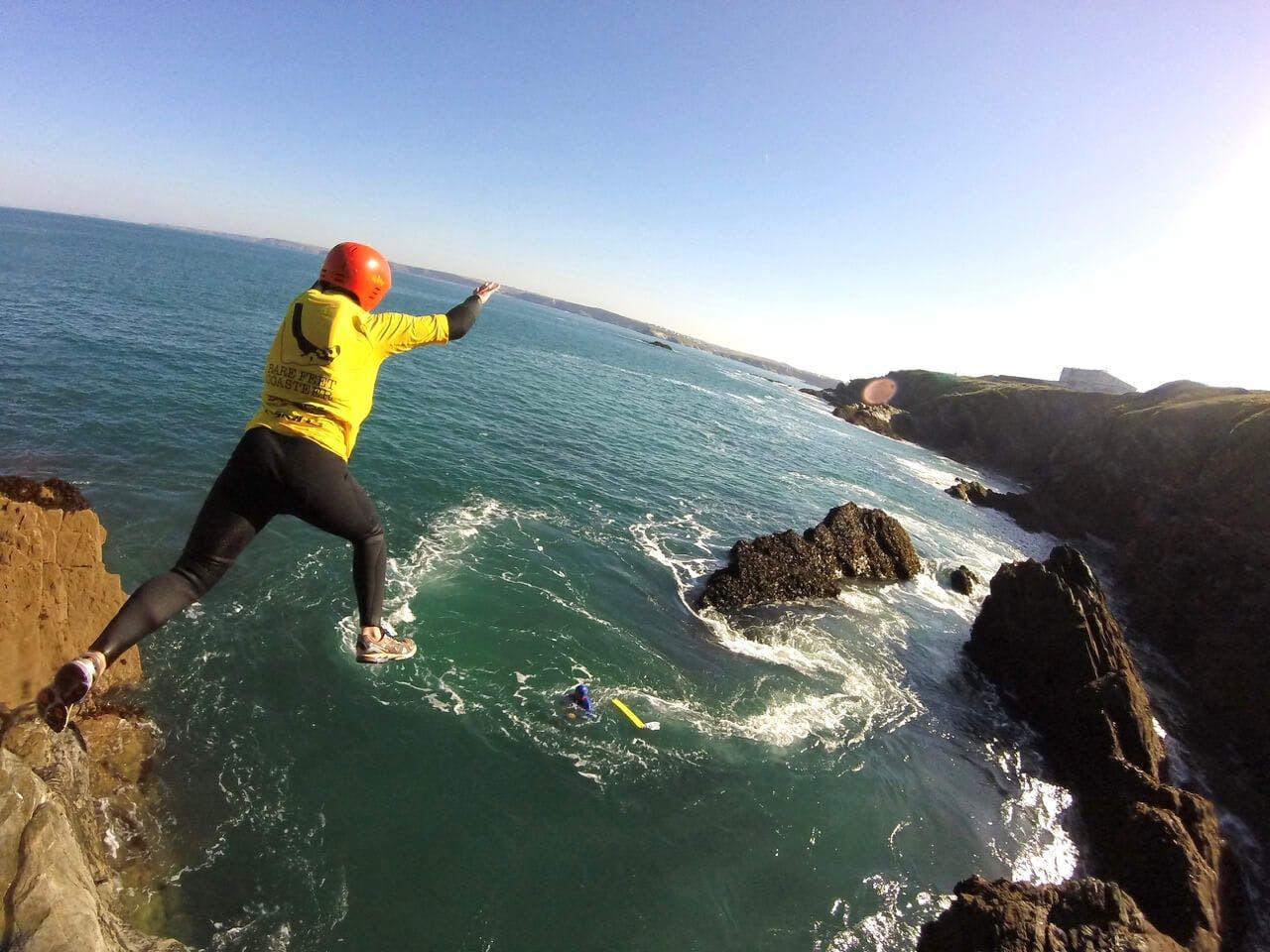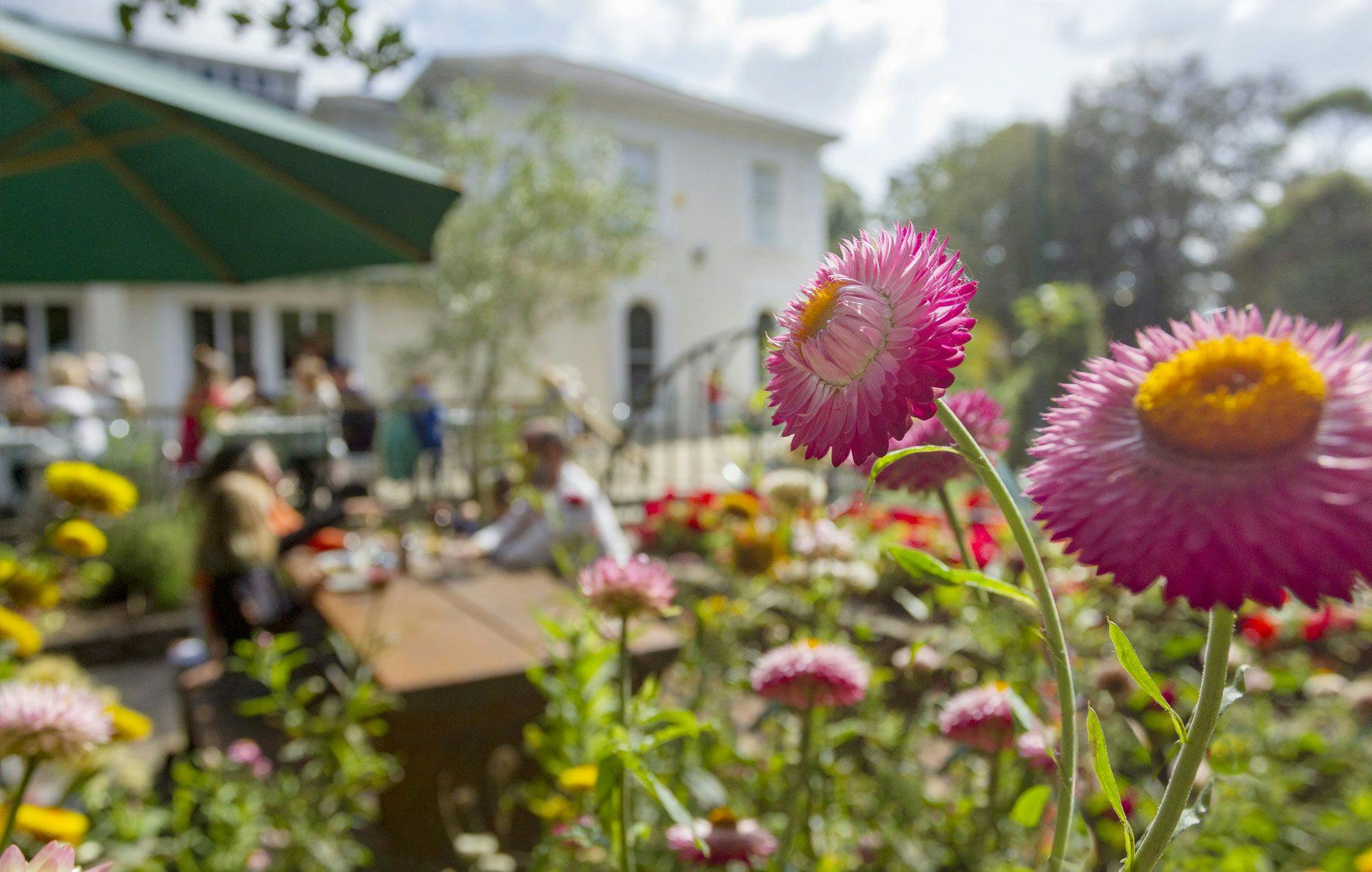Jamaica Inn
Immortalised in Daphne du Maurier's eponymous tale of wrecking, rogues and pirates, this historic coaching house has welcomed travellers crossing Bodmin Moor for nearly 300 years. Full of legend, mystery, romance and even, according to folklore, the odd friendly spirit, Jamaica Inn is set in one of the most evocative moorland locations in Britain.
But did the novel give a true description of it and the surrounding moorland?
Set on the moor at possibly the start of the 19th century, it is never made clear the exact date. The novel tells of a young girl, Mary Yellan, and her struggle to come to terms with life at the aforementioned inn. It features everything needed to make a good gothic novel, adventure, romance, suspense, dark characters, and not least a landscape described as, “a silent desolate country, vast and untouched by human hand……strange winds blew from nowhere, they crept along the surface of the grass, and the grass shivered” (du Maurier 1936, p 31).
Du Maurier knew how to write a good novel, and the success of the book has turned a small roadside inn into a world famous tourist attraction, but was there any fact in the fiction?
The earliest mention of the Inn comes from a document in the Cornwall Records Office dated April 4th 1789, when smuggling was in its prime, but any road across Bodmin Moor would have been nothing but a muddy path. The Inn struggled through the 19th century with several owners and refurbishments until 1880 when it was for sale, but not as an Inn. It became a Temperance hotel, and was still when du Maurier visited in the early 1930s.
A traveller in the early 1900s wrote “The hostelry looked as if man had never crossed the grass grown forecourt. I entered the bare passage, and seeing nobody within, penetrated to the back regions, and there found a woman who eyed my appearance furtively, greeting me with a forbidding frown rather than a welcome. She supposed that I could have a bed; she thought she might be able to procure some eggs for supper. It was plain she desired no guest that night” (Lewis Hind 1907, Days in Cornwall).
By the end of WW2 it had a club license and was trading as the Jamaica Inn and West Country Club, but it was not long before it had picked up on its new found literary fame and was calling itself “the famous” Jamaica Inn with a Mary’s bar and a Joss’s bar. Nowadays the original building is surrounded by modern additions and the road has been diverted through a cutting in what were previously the inns grounds. As one stands amongst the cars and coaches in the car park it is hard to imagine that this was once a smugglers haunt, if of course it ever was?
There is little evidence that smuggling ever took place at Jamaica Inn, and if it did were the romantic images of illicit brandy and tobacco portrayed in the book and the idea that ships were lured onto the rocks by wreckers what really occurred, or was it just Du Maurier's vivid imagination?
- Bodmin
Address
Jamaica Inn Bolventor Bodmin Moor Cornwall PL15 7TS
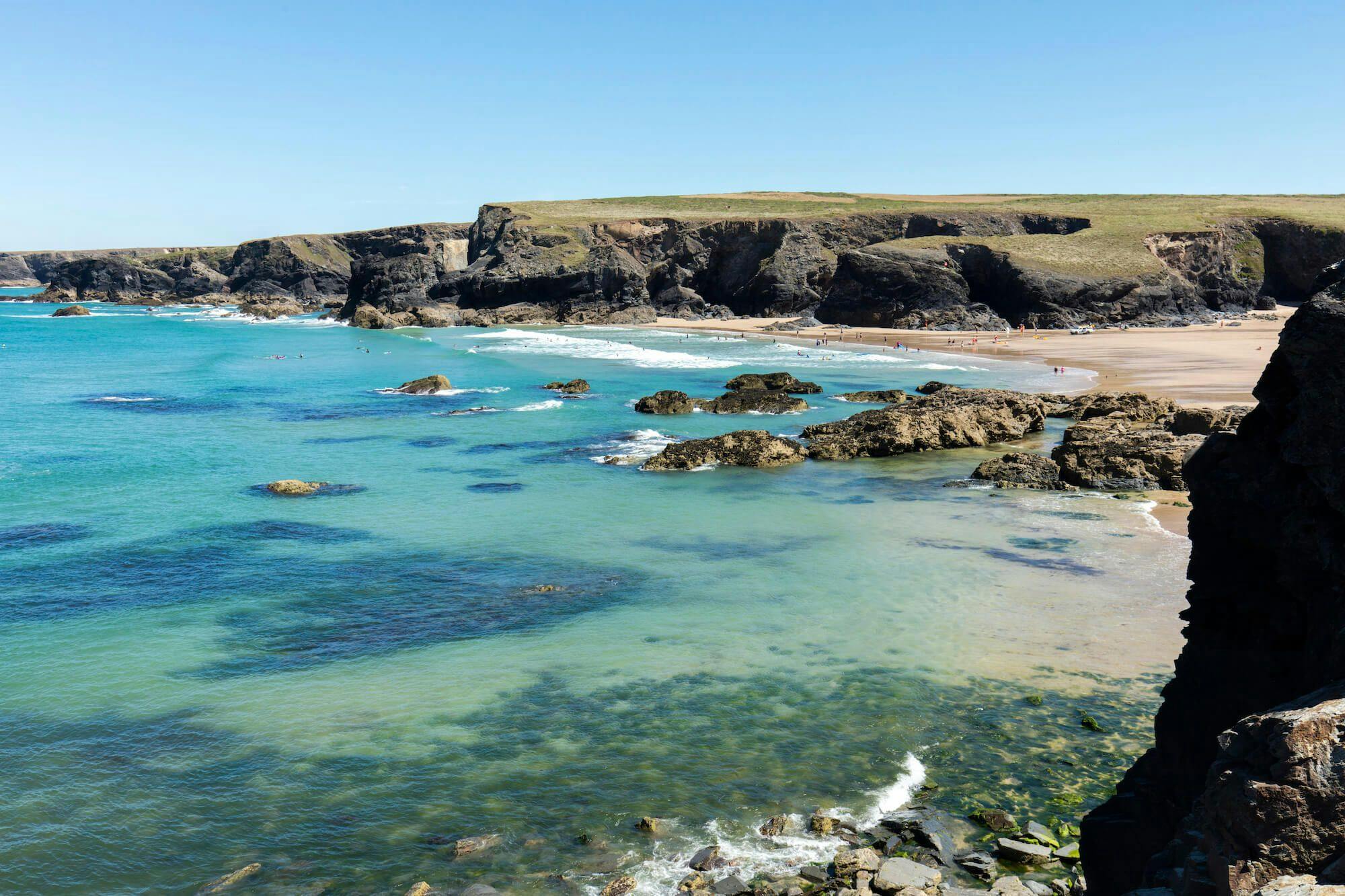
Your weekly dose of Cornish cheer!
When you can’t be in your favourite place all the time, catch up on the latest stories, upcoming events, holiday ideas, and offers with a newsletter straight to your inbox. Terms and Conditions / GDPR compliance: by providing personally identifiable information Visit Cornwall will use it to provide you with ongoing information about their products and services. No one from Visit Cornwall will rent, sell or lease this personally identifiable information to other companies or individuals.
Stay connected
Find us on socials and stay connected with the Cornwall you love.
We use cookies to personalise content and ads and to analyse our traffic. You consent to our cookies if you continue to use our website. (Privacy Policy)
